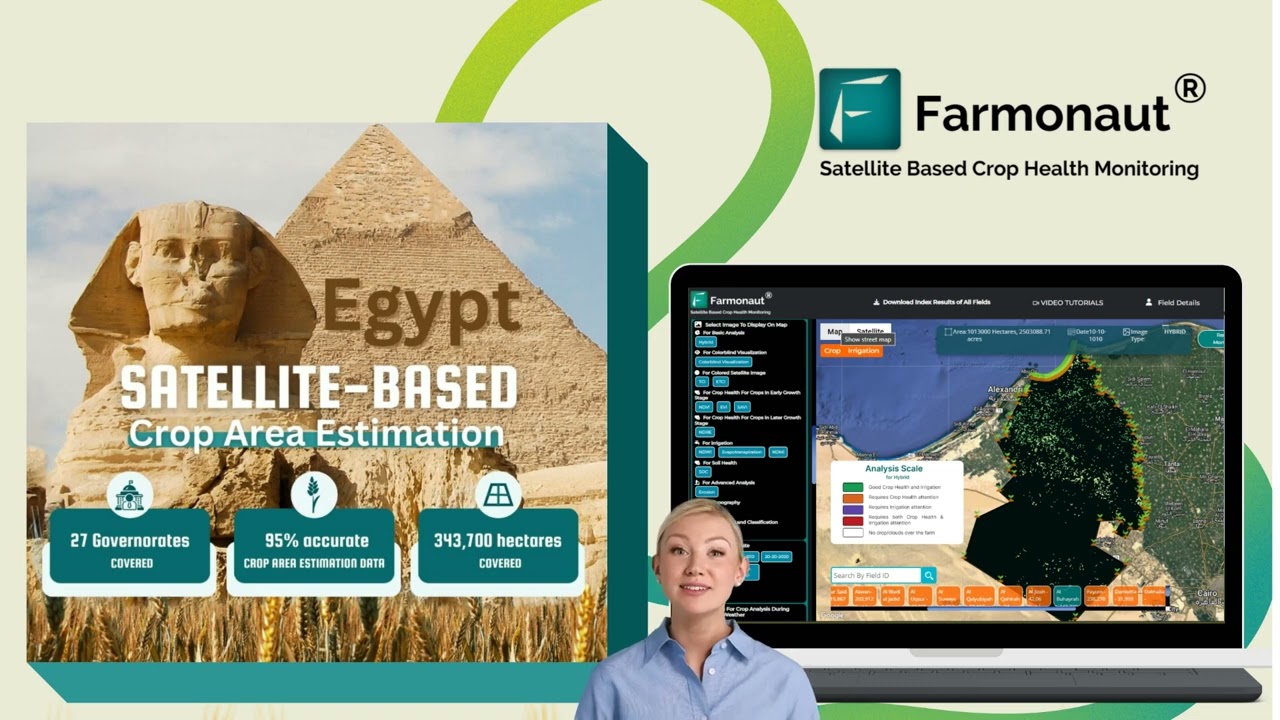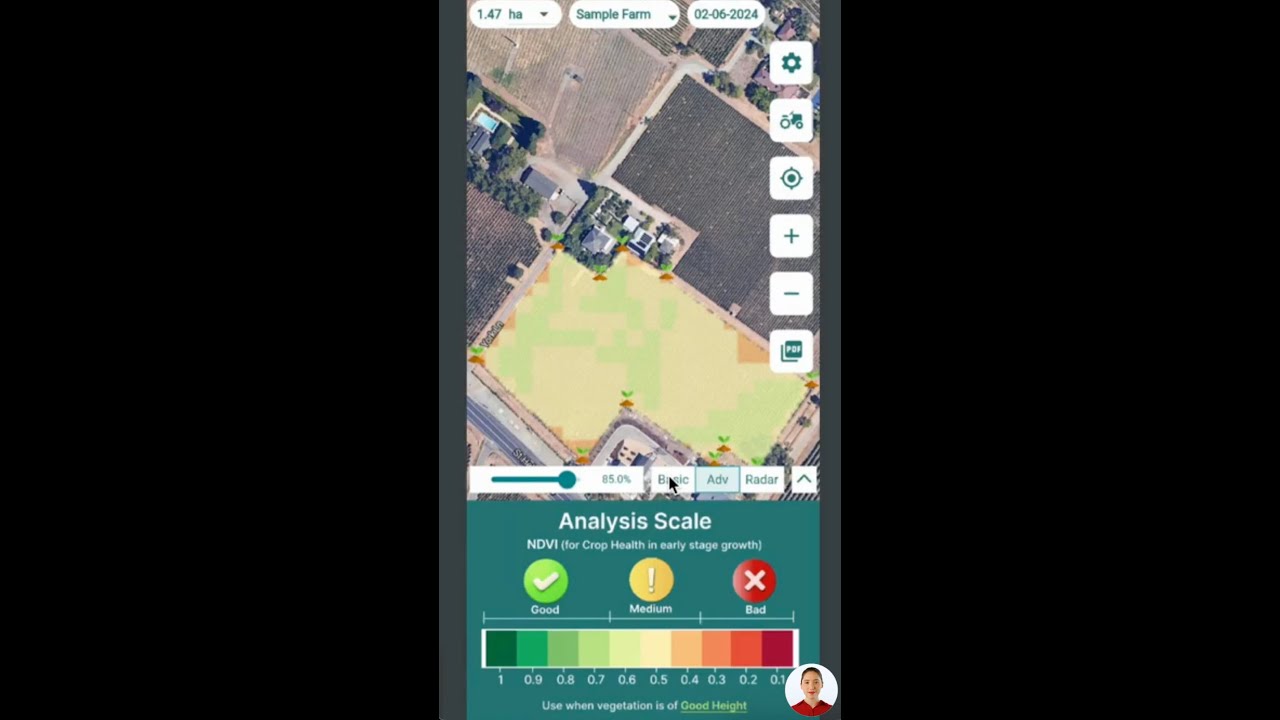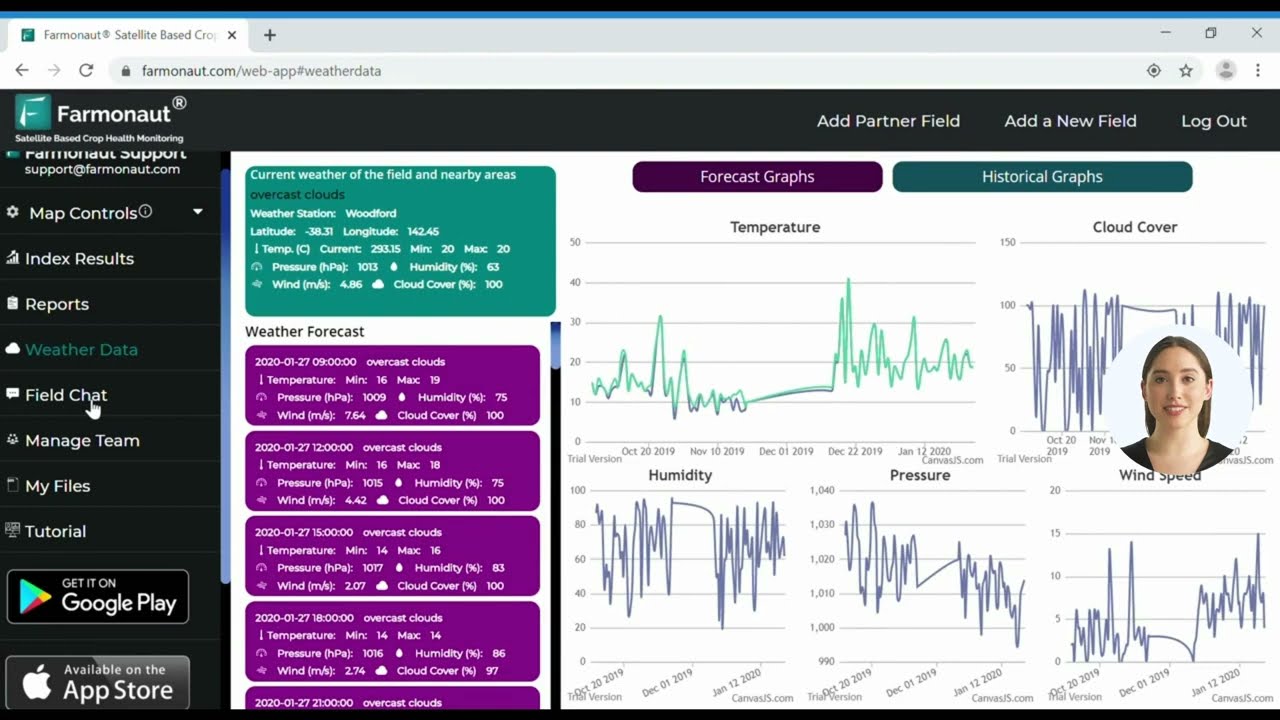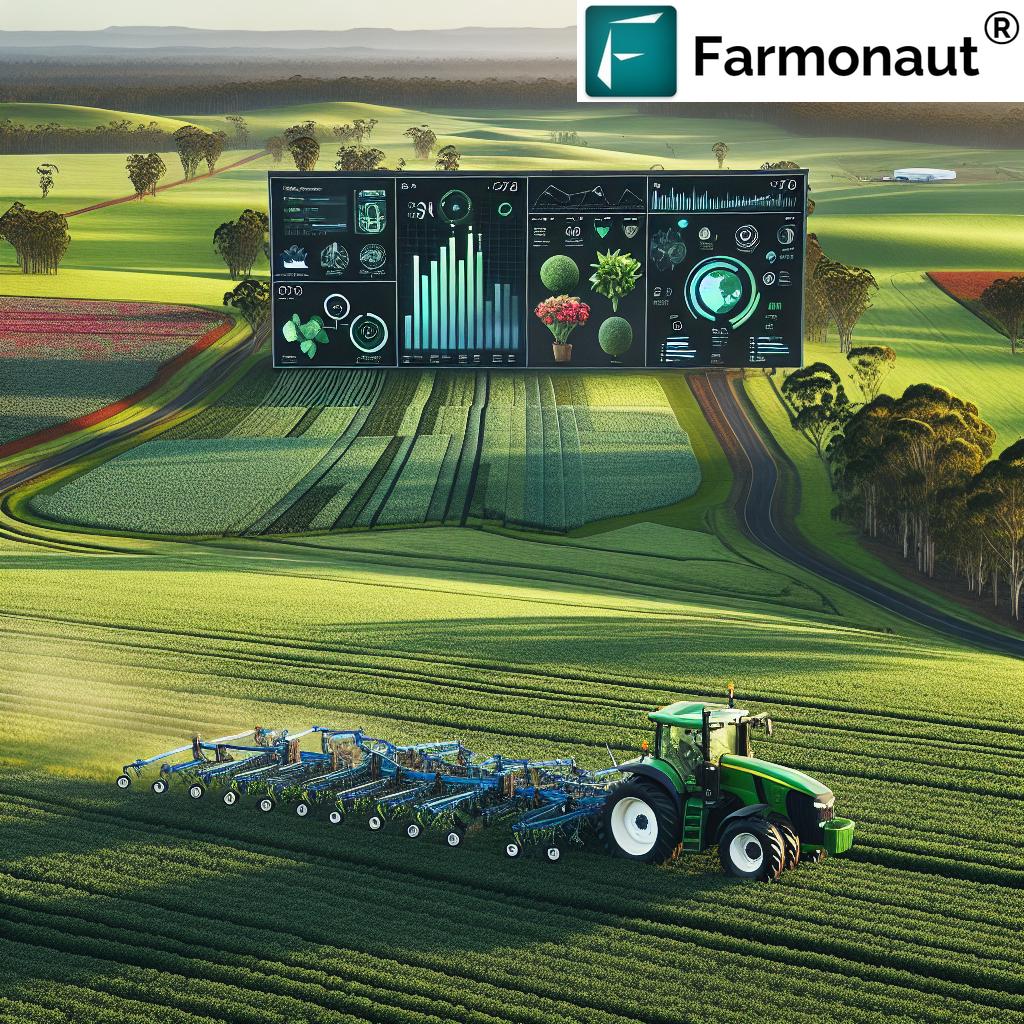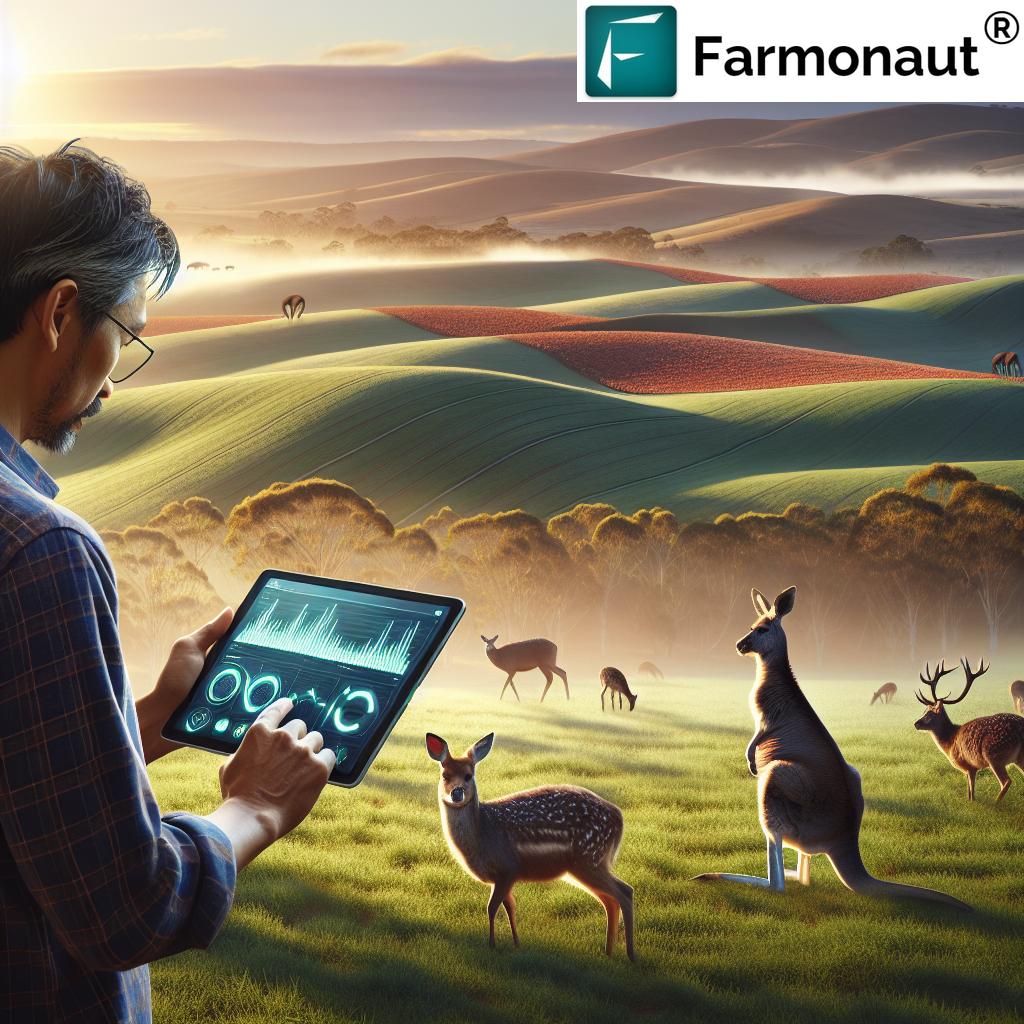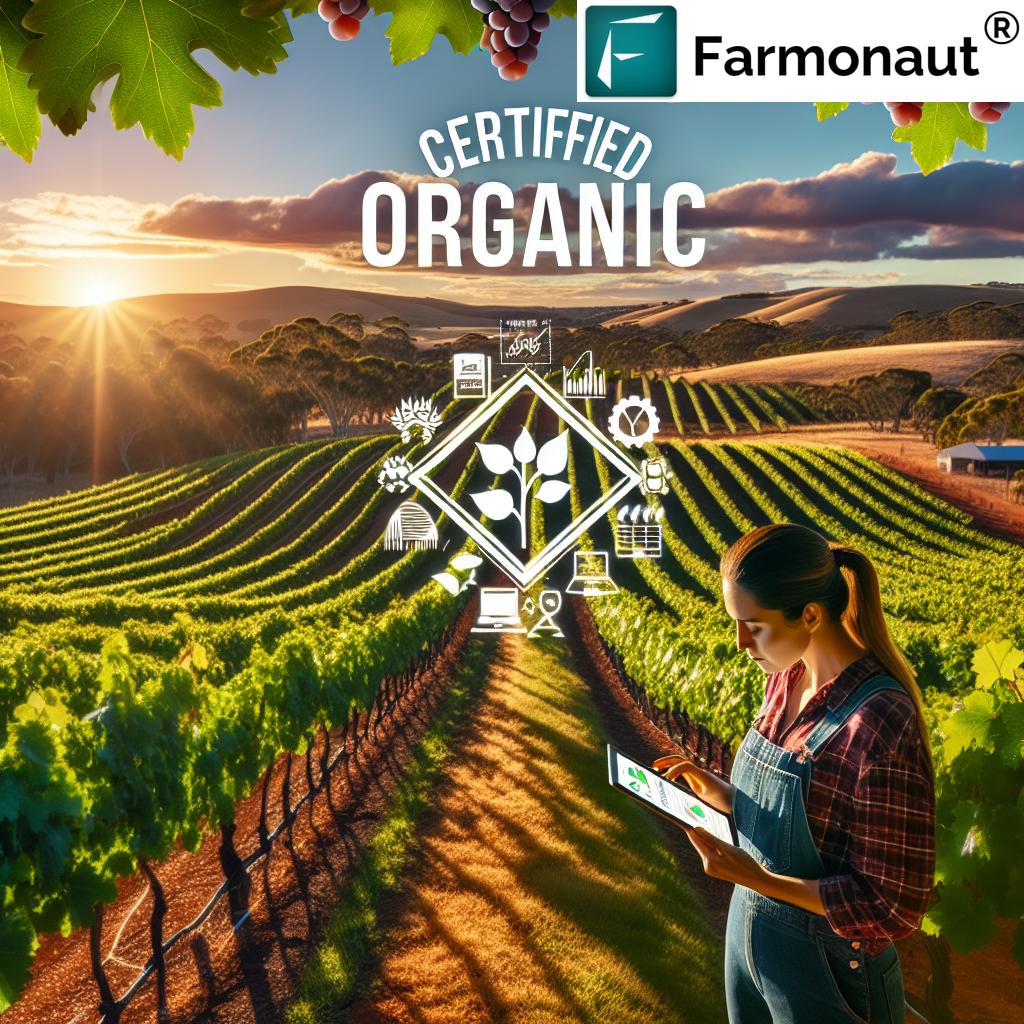Revolutionizing Australian Wine Exports: Navigating Regulatory Compliance with GIS-Powered Solutions
“Australian wine exports must comply with over 50 different additives and processing aids regulated by the Food Standards Code.”
Welcome to our comprehensive guide on revolutionizing Australian wine exports through GIS-powered solutions. As we delve into the intricacies of regulatory compliance, we’ll explore how innovative technologies are transforming the landscape of wine production and export in Australia. Our focus will be on navigating the complex world of wine additives, processing aids, and labeling requirements while leveraging geographical information systems (GIS) to optimize vineyard management and ensure compliance with stringent standards.
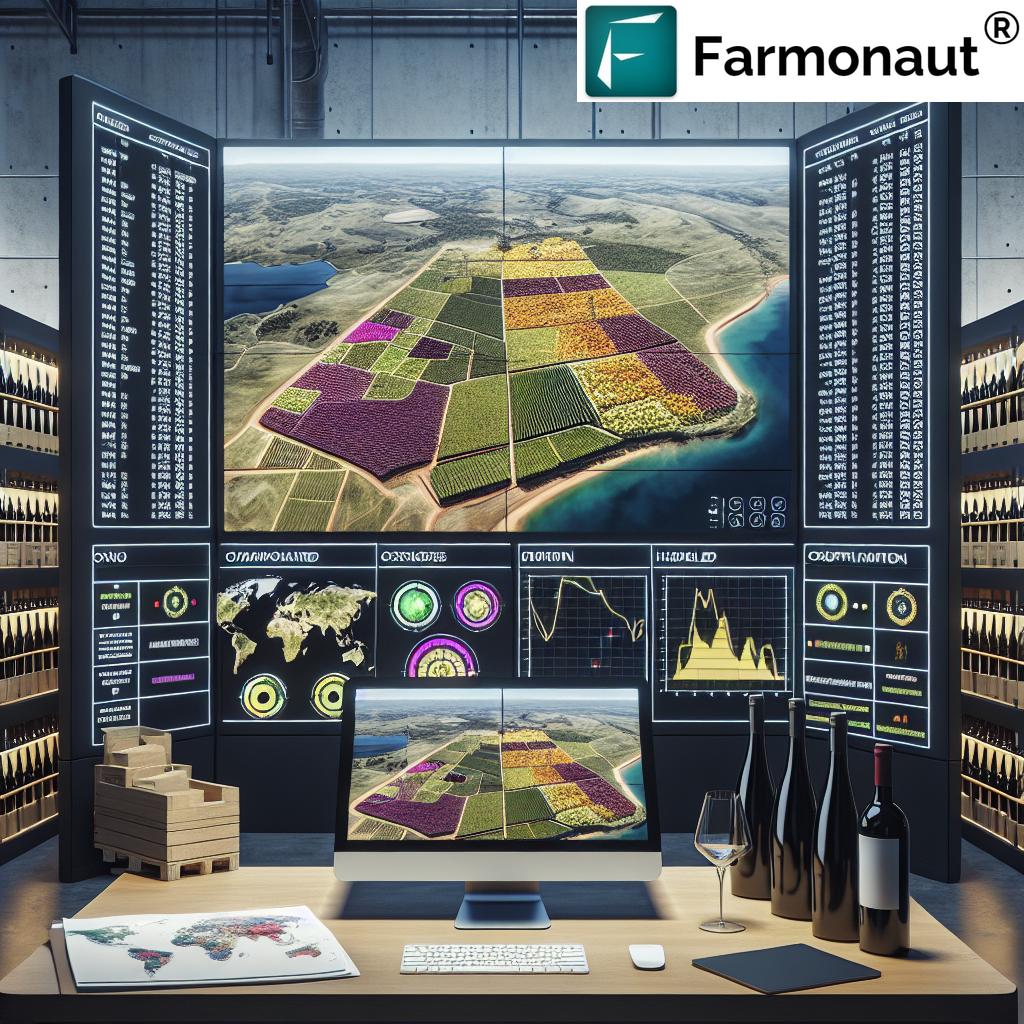
The Australian Wine Export Landscape
The Australian wine sector is a significant contributor to the country’s economy, with a strong presence in global markets. As we navigate the complexities of international wine trade, it’s crucial to understand the regulatory framework that governs Australian wine exports. The Food Standards Code plays a pivotal role in ensuring the quality and integrity of Australian wines, setting stringent guidelines for wine additives and processing aids, production methods, and labeling requirements.
To stay competitive in the global market, Australian winemakers must not only produce exceptional wines but also comply with a myriad of regulations. This is where innovative solutions, such as those offered by Farmonaut, come into play. By leveraging GIS and remote sensing technologies, vineyards can optimize their growing practices, ensuring compliance with these stringent standards while maximizing yield and quality.
Understanding Wine Additives and Processing Aids
Wine additives and processing aids are crucial components in the winemaking process, serving various purposes from enhancing flavor to ensuring stability. The Food Standards Code meticulously regulates these substances to maintain the integrity and safety of Australian wines. Let’s explore some key aspects:
- Preservatives: Sulfur dioxide is commonly used to prevent oxidation and microbial growth.
- Fining agents: Substances like bentonite help clarify wine by removing proteins.
- Acidity regulators: Tartaric acid and citric acid are used to adjust the wine’s pH levels.
- Enzymes: Pectolytic enzymes aid in fruit processing and juice extraction.
It’s important to note that while these additives play crucial roles in winemaking, their use is strictly regulated to ensure consumer safety and maintain the authenticity of Australian wines.
Navigating Australian Wine Export Regulations
Australian wine export regulations are comprehensive and designed to uphold the country’s reputation for producing high-quality wines. Key areas of focus include:
- Labeling requirements: Accurate representation of wine characteristics, including alcohol content, vintage, and geographical indications.
- Analytical parameters: Meeting specified limits for components like alcohol, sulfur dioxide, and methanol.
- Production methods: Adherence to approved winemaking practices for different wine types.
- Export documentation: Proper certification and registration processes for international markets.
Compliance with these regulations is not just a legal requirement but also a key factor in maintaining Australia’s position as a trusted wine producer in the global market.
GIS-Powered Solutions for Vineyard Management
In the era of precision agriculture, GIS-powered solutions are revolutionizing vineyard management. These technologies offer unprecedented insights into vine health, soil conditions, and microclimate variations. Here’s how GIS is transforming Australian wine production:
- Satellite imagery analysis: Monitoring crop health and identifying potential issues early.
- Soil mapping: Optimizing fertilizer application and irrigation strategies.
- Climate data integration: Making informed decisions on harvest timing and pest management.
- Yield prediction: Accurately forecasting grape yields for better resource allocation.
By leveraging these technologies, Australian vineyards can ensure optimal growing conditions, leading to higher quality grapes and, ultimately, superior wines that meet export standards.
Explore Farmonaut’s GIS solutions: 
Wine Production Compliance: From Grape to Bottle
Compliance in wine production is a journey that begins in the vineyard and continues through to the bottling process. Let’s break down the key stages and their regulatory considerations:
Grape Growing and Harvesting
The foundation of great wine lies in the quality of grapes. Australian regulations focus on:
- Sustainable vineyard practices
- Proper use of pesticides and fertilizers
- Accurate record-keeping of vineyard activities
Fermentation Process
The fermentation stage is crucial for wine quality and compliance. Key aspects include:
- Monitoring and controlling alcohol content
- Proper use of yeasts and fermentation aids
- Managing sulfur dioxide levels
Aging and Maturation
During aging, winemakers must adhere to:
- Regulations on oak treatment and other maturation methods
- Proper storage conditions to maintain wine integrity
- Ongoing monitoring of wine composition
Bottling and Labeling
The final stages of production are critical for export compliance:
- Ensuring accurate labeling of alcohol content, vintage, and origin
- Compliance with bottle size regulations for different markets
- Proper packaging for international shipping
“GIS-powered solutions can help vineyards optimize practices across thousands of hectares to ensure regulatory compliance while maximizing yield.”

Sparkling Wine: A Special Case in Compliance
Sparkling wine production in Australia comes with its own set of regulatory challenges. The sparkling wine fermentation process involves additional steps and considerations:
- Secondary fermentation: Ensuring proper carbon dioxide development
- Pressure regulations: Meeting specific pressure requirements for different sparkling wine categories
- Dosage management: Controlling sugar addition in the final stages
Compliance with these regulations is crucial for maintaining the quality and authenticity of Australian sparkling wines in the global market.
Fortified Wines: Navigating Unique Regulations
Fortified wine production in Australia is subject to specific regulations that differ from those for table wines. Key considerations include:
- Alcohol content: Managing the addition of grape spirit or brandy
- Aging requirements: Adhering to minimum aging periods for certain styles
- Labeling specifics: Accurately representing the fortification process and wine style
Understanding these unique requirements is essential for Australian producers looking to export fortified wines to international markets.
Water Addition in Winemaking: A Delicate Balance
Water addition in winemaking is a contentious topic, with strict regulations in place to maintain wine integrity. Australian winemakers must navigate these rules carefully:
- Permitted circumstances: Understanding when water addition is allowed (e.g., to facilitate fermentation)
- Quantity limits: Adhering to maximum allowable water addition percentages
- Documentation: Maintaining accurate records of any water additions
Proper management of water addition is crucial for compliance and preserving the authenticity of Australian wines.
Analytical Parameters: Ensuring Wine Quality
Meeting specific analytical parameters is crucial for Australian wine exports. These parameters include:
- Alcohol content: Must be within specified ranges for different wine types
- Sulfur dioxide levels: Adhering to maximum limits for total and free SO2
- Volatile acidity: Maintaining levels within acceptable ranges
- Methanol content: Ensuring it doesn’t exceed safety thresholds
Regular testing and monitoring of these parameters are essential for maintaining compliance and wine quality.
Optimize your vineyard management with Farmonaut’s mobile apps:


International Wine Trade Regulations: A Global Perspective
As Australian wine producers look to expand their global reach, understanding international wine trade regulations becomes paramount. Key considerations include:
- Tariffs and trade agreements: Navigating varying import duties and free trade agreements
- Labeling requirements: Adapting labels to meet specific country regulations
- Certification processes: Obtaining necessary certifications for different markets
- Organic and biodynamic standards: Meeting international standards for these growing segments
Staying informed about these global regulations is crucial for successful Australian wine exports.
Leveraging Technology for Compliance and Innovation
In the ever-evolving world of wine production and export, technology plays a crucial role in ensuring compliance while driving innovation. Here’s how Australian winemakers can leverage cutting-edge solutions:
- Blockchain for traceability: Enhancing transparency in the supply chain
- AI-powered quality control: Implementing advanced systems for consistent product quality
- IoT sensors in vineyards: Real-time monitoring of growing conditions
- Data analytics for market insights: Making informed decisions on export strategies
By embracing these technologies, Australian wine producers can streamline compliance processes and stay ahead in the competitive global market.
Sustainable Winegrowing: A Path to Regulatory Compliance and Market Success
Sustainability in wine production is not just an environmental concern but also a pathway to regulatory compliance and market success. Australian winemakers are increasingly adopting sustainable practices that align with both domestic regulations and international market demands:
- Water conservation: Implementing efficient irrigation systems and water recycling
- Organic pest management: Reducing reliance on chemical pesticides
- Energy efficiency: Adopting renewable energy sources in wine production
- Biodiversity promotion: Enhancing ecosystem health in and around vineyards
These sustainable practices not only ensure compliance with evolving regulations but also cater to the growing consumer demand for environmentally responsible wines.
Explore Farmonaut’s API for advanced agricultural insights: Farmonaut API
The Role of GIS in Enhancing Wine Quality and Compliance
Geographical Information Systems (GIS) are revolutionizing the way Australian vineyards approach quality control and regulatory compliance. Here’s how GIS is making a difference:
- Terroir mapping: Identifying optimal growing conditions for different grape varieties
- Precision viticulture: Tailoring vineyard management practices to specific microclimates
- Harvest optimization: Determining the ideal harvest time for peak quality
- Traceability: Enhancing the ability to track wine from vineyard to bottle
By leveraging GIS technologies, Australian winemakers can ensure consistent quality while maintaining compliance with stringent export regulations.
Australian Wine Export Compliance Snapshot
| Wine Type | Permissible Additives | Processing Aids | Labeling Requirements | Analytical Parameters |
|---|---|---|---|---|
| Still Wine | Sulfur dioxide, acids (tartaric, citric) | Bentonite, pectolytic enzymes | Alcohol content, vintage, geographical indication | Alcohol: 8-15%, SO2 max: 250mg/L |
| Sparkling Wine | Sugar for secondary fermentation | Riddling agents | Method of production, pressure indication | Alcohol: 10-14%, Pressure: >300kPa |
| Fortified Wine | Grape spirit or brandy | Oak chips for aging | Fortification statement, sweetness level | Alcohol: 15-22%, SO2 max: 300mg/L |
Water Addition Regulations:
- Still Wine: Max 7% of total volume
- Sparkling Wine: Prohibited after secondary fermentation
- Fortified Wine: Allowed only for dissolving additives
Navigating Export Markets: Key Considerations
As Australian winemakers set their sights on global markets, understanding the nuances of different export destinations is crucial. Here are some key considerations:
- Asia: Navigating complex import regulations and evolving consumer preferences
- Europe: Adhering to strict geographical indication protections and traditional winemaking practices
- Americas: Understanding varying state-level regulations in the US and emerging markets in South America
- Emerging markets: Identifying opportunities in developing wine markets and adapting to local tastes
Success in these diverse markets requires a deep understanding of local regulations, consumer preferences, and market dynamics.
The Future of Australian Wine Exports: Trends and Innovations
As we look to the future of Australian wine exports, several trends and innovations are shaping the industry:
- Low-alcohol and no-alcohol wines: Meeting growing consumer demand for healthier options
- Sustainable packaging: Developing eco-friendly packaging solutions to reduce environmental impact
- Digital marketing strategies: Leveraging social media and e-commerce platforms for global reach
- Climate change adaptation: Implementing strategies to mitigate the effects of changing weather patterns on wine production
By staying ahead of these trends, Australian winemakers can maintain their competitive edge in the global market.
Conclusion: Embracing Technology for Compliance and Success
As we’ve explored throughout this guide, navigating the complex world of Australian wine export regulations requires a multifaceted approach. From understanding the intricacies of wine additives and processing aids to leveraging GIS-powered solutions for vineyard management, the key to success lies in embracing innovation while maintaining strict compliance.
By utilizing advanced technologies like those offered by Farmonaut, Australian winemakers can optimize their production processes, ensure regulatory compliance, and maintain the high quality that Australian wines are known for globally. As the industry continues to evolve, staying informed about regulatory changes and market trends will be crucial for success in the competitive world of international wine trade.
Remember, compliance is not just about meeting standards—it’s about upholding the reputation of Australian wines and building trust with consumers worldwide. By combining traditional winemaking expertise with cutting-edge technology and a commitment to sustainability, Australian wine exporters are well-positioned to thrive in the global marketplace for years to come.
FAQ Section
Q: What are the main regulatory bodies overseeing Australian wine exports?
A: The main regulatory bodies include Wine Australia, the Australian Grape and Wine Authority, and the Department of Agriculture, Water and the Environment.
Q: How often do wine export regulations change in Australia?
A: Regulations are reviewed periodically, with changes typically announced annually. However, significant changes may occur at any time based on industry needs or international agreements.
Q: Can GIS technology help with compliance in small vineyards?
A: Yes, GIS solutions like those offered by Farmonaut are scalable and can benefit vineyards of all sizes, helping with compliance and optimization of growing practices.
Q: What are the key challenges in exporting Australian wines to new markets?
A: Key challenges include understanding local regulations, adapting to consumer preferences, navigating tariffs and trade agreements, and establishing distribution networks.
Q: How does sustainability impact wine export compliance?
A: Sustainability practices often align with or exceed regulatory requirements, potentially easing compliance. They also meet growing consumer demand for environmentally responsible products.
For more information on Farmonaut’s agricultural solutions, visit our API Developer Docs.


